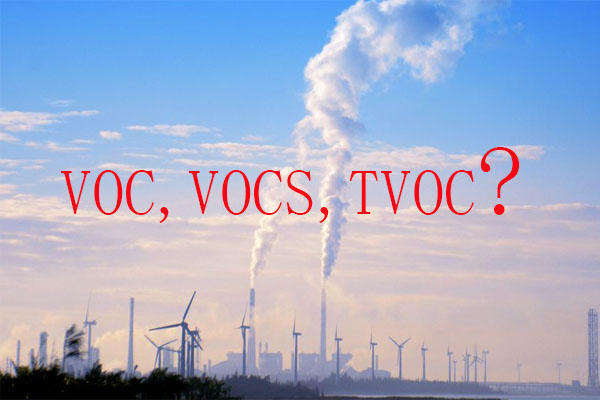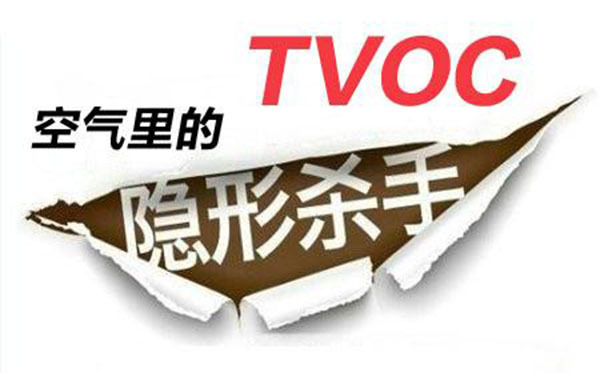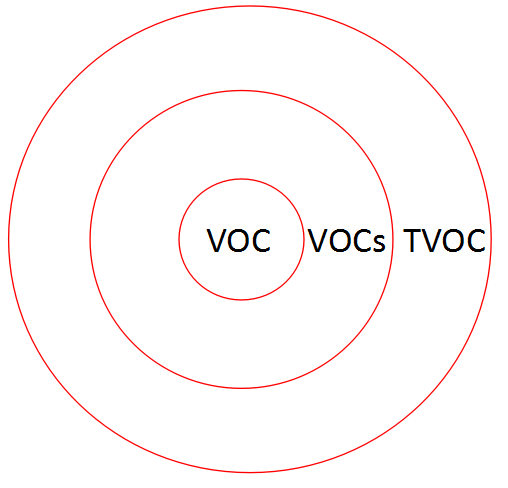Products
VOC, VOCs and TVOC, can you tell them apart?
Origin:Hefan Hit: Time:2019-09-10
What is VOC? What is VOCS? What is TVOC? Can you tell? Come and see with the sailing environment.

1. VOC
VOC substances are volatile organic substances. VOC is the abbreviation of volatile organic compounds (VOCs). In general, VOC is the command of organic compounds; but in the sense of environmental protection, VOC is defined as a kind of active volatile organic compounds, that is, the kind of volatile organic compounds that will cause harm.
In fact, VOC can be divided into two categories:
One is the general definition of VOC, which only states what is VOC or under what conditions it is VOC.
The other is the definition of environmental protection, that is, the active volatile organic compounds, that is, the hazardous volatile organic compounds. It is obvious that volatilization and participation in photochemistry are very important in the sense of environmental protection. Without volatilization or participation in atmospheric photochemistry, no harm will be caused.
2.VOCS
In China, VOCs (volatile organic compounds) are organic compounds with saturated vapor pressure greater than 70 Pa at ambient temperature, boiling point below 260 C at ambient pressure, or all organic compounds with corresponding volatility greater than or equal to 10 Pa at 20 C.
From the point of view of environmental monitoring, it refers to the total non-methane hydrocarbons detected by flame ionization detector, mainly including alkanes, aromatics, olefins, halogens, esters, aldehydes, ketones and other organic compounds. It is important to note that VOC and VOCS are actually the same kind of substances, that is, the abbreviation of Volatile Organic Compounds (VOCS). VOCS is more precise because there are more than one general component of VOCs.
3.TVOC

Researchers of indoor air quality usually refer to all indoor organic gaseous substances they sampled and analyzed as TVOC, which is the abbreviation of the first letter of Volatile Organic Compound. Various measured VOCs are collectively referred to as Total Volatile Organic Compounds. TVOC is one of the three major types of indoor air quality pollution.
The World Health Organization (WHO, 1989) defines total volatile organic compounds (TVOC) as a general term for volatile organic compounds whose melting point is below room temperature and boiling point is between 50 and 260 degrees Celsius. Evaporable form exists in the air at room temperature. Its toxicity, irritation, carcinogenicity and special odor will affect the skin and mucosa and cause acute damage to human body.
To sum up, in fact, the relationship between the three can be expressed by the inclusion relationship.



